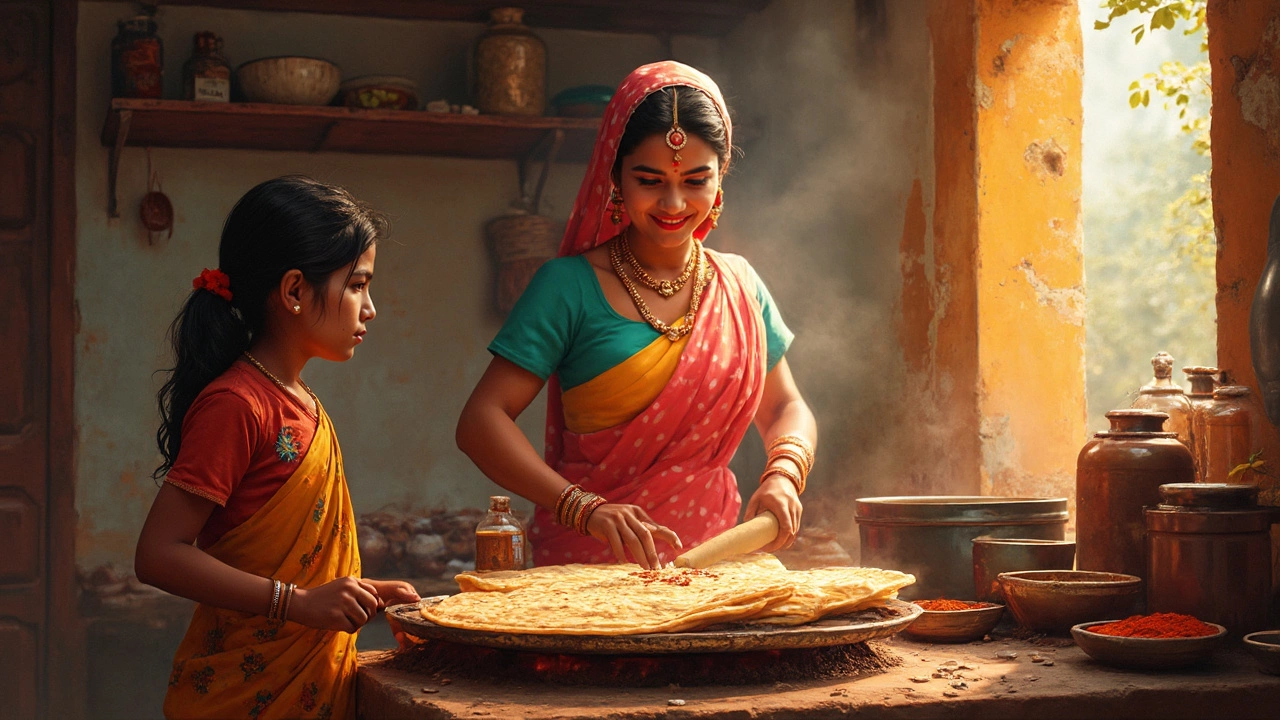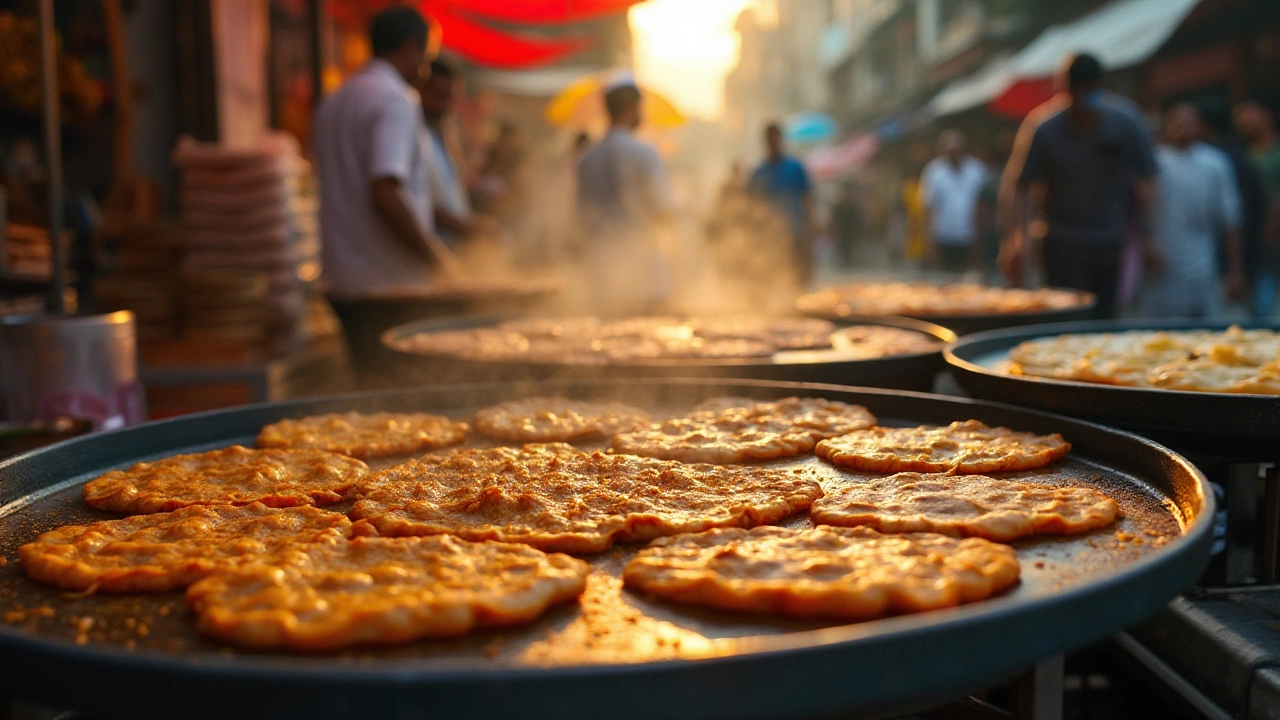International Cuisine
When talking about International Cuisine, the collection of cooking styles, ingredients, and dishes that cross national borders. Also known as global cuisine, it brings together flavors from every corner of the world. One clear example is Roti, a simple unleavened flatbread that appears in Indian, Middle Eastern, Caribbean and African kitchens. Another key player is Pakistani Breakfast, a hearty mix of spiced breads, lentils, and savory accompaniments enjoyed at sunrise. These dishes sit inside broader cultural food traditions, the practices and rituals that shape how societies cook and eat. International cuisine encompasses roti variations, requires knowledge of regional breakfast customs, and is influenced by cultural food traditions that dictate ingredient choices. Understanding these links helps anyone move from a single recipe to a true cross‑cultural cooking mindset.
Take roti as a case study. Its core attributes include the type of flour (whole wheat, millet, or rice), the cooking surface (tava, griddle, or open flame), and the serving style (plain, brushed with ghee, or paired with sabzi). The values are concrete: a wheat roti typically uses 30 g of flour, cooks for 60 seconds per side, and contains about 110 calories. Meanwhile, Pakistani breakfast showcases attributes like spice blend (green chilies, cumin, coriander), protein source (eggs, lentils, or meat), and meal timing (early morning). A classic plate might deliver 450 calories, 12 g of protein, and a blend of sweet and savory flavors. By mapping these attributes, you see how ingredients (flour, spices) and techniques (stoking a fire, quick frying) are the tools that International cuisine relies on. The connection is simple: mastering the basics of roti preparation opens the door to experimenting with other flatbreads like Mexican tortillas or Ethiopian injera, while exploring Pakistani breakfast reveals how breakfast customs can vary from sweet halwa to spicy chana. Both examples prove that a single dish can illustrate the larger web of global cooking.
Below you’ll find a curated set of articles that break down these ideas step by step. One guide dives deep into how different cultures prepare and enjoy roti, complete with calorie counts and serving tips. Another takes you on a flavorful tour of a traditional Pakistani breakfast, highlighting regional specialties and cooking shortcuts. Together, they show how International cuisine isn’t just a buzzword—it’s a practical toolbox for anyone who wants to bring the world into their kitchen. Ready to see how these concepts play out in real recipes? Scroll down and start exploring the diverse flavors waiting for you.

Unveiling How Different Cultures Prepare and Enjoy Roti
Roti, a staple in many cultures, reflects diverse culinary traditions through its preparation and consumption methods. From Indian kitchens to Middle Eastern homes, the humble roti varies greatly in style and ingredients. Understanding how to make roti, alongside exploring its nutritional aspects like calories in 1 roti with ghee or sabzi, provides a holistic view of this beloved bread. Whether you're counting calories or curious about cultural eating habits, this guide offers insight into the versatile world of roti.

Traditional Pakistani Breakfast: A Rich Culinary Journey
Explore the vibrant and diverse breakfast offerings of Pakistan, a country known for its rich culinary heritage. From spicy dishes to sweet delights, discover what makes the first meal of the day in Pakistan unique. This article delves into the variety of flavors, ingredients, and regional specialties that make up a traditional Pakistani breakfast. Whether you're looking to try something new or understand more about this fascinating culture, this guide has you covered.